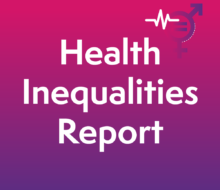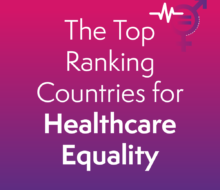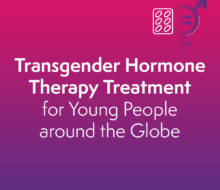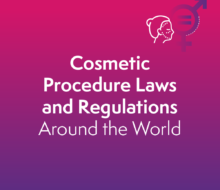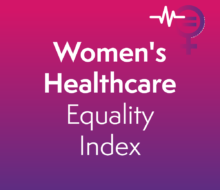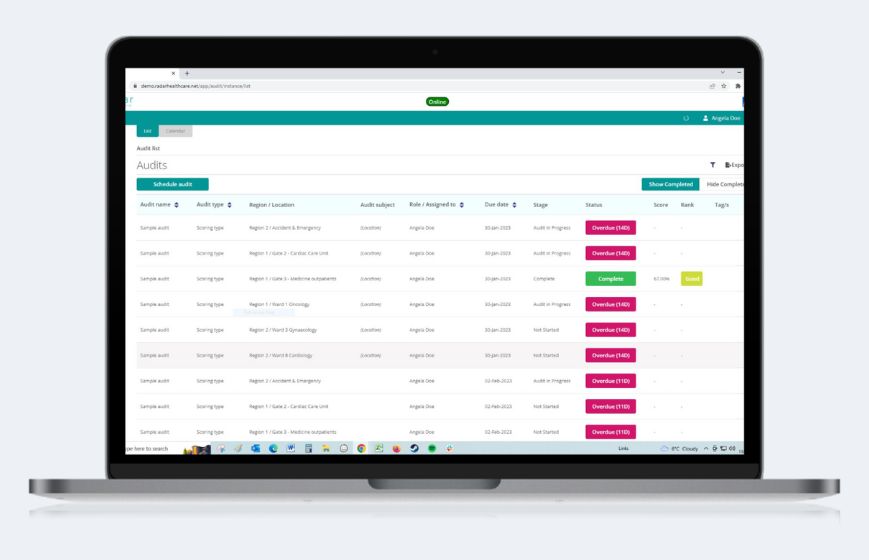Maternity Vs Paternity Leave Around the Globe
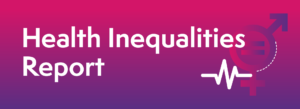

As part of our Global Healthcare Inequalities in Numbers, we are looking at which healthcare systems around the world are deemed the fairest for patient equality, based on the current laws and regulations in place.
Another topic fuelled by varying levels of inequality across the globe is that of maternity and paternity leave and how each gender is factored into the equation when a new addition is welcomed to a family.
Maternity leave refers to the amount of time away from work a new mother is entitled to, while paternity leave refers to the allowance of paid time off their partners can take following the birth separate from their existing holiday allowance.


Most territories offer paid and unpaid maternity leave, which can occasionally leave them looking more progressive than they actually are. For example, Italy, which fell into 15th place on the list overall, offers 4 months of paid leave vs 17 weeks unpaid.
While 17 weeks can, at first glance, look impressive, it leaves mothers in vulnerable situations and without any form of salary for an extended period of time. When it comes to paid leave, the Baltic nation of Estonia took the top spot by offering a whopping 62 weeks. Despite this impressive offering, Estonia only came 22nd in the equality ranking overall, possibly due in part to the healthcare system only offering cervical smear tests to women once they turn 30.
Denmark offers a very healthy 52 weeks of paid leave, leaving new mothers in the country reassured that they can enjoy a full year of financial security without worrying about spiralling debt or an overreliance on credit cards or loans. Overall, Denmark came 8th on the equality list, which is unsurprising due to them offering smear tests to women as young as 23 and having a fairly high IVF age limit for women at 46.
Third up was Norway, offering 49 weeks of paid leave and an astonishing further 59 weeks of unpaid leave for those wanting to spend as much time as possible with their children before returning to work.
Heading further afield, Australia was revealed to offer a staggering 52 weeks of unpaid leave, but only 18 weeks of paid leave. Its neighbour New Zealand wasn’t far behind this, with 14 weeks of unpaid leave, and 38 weeks of paid.
Ranked: Paternity leave rights around the world


Next up, we looked at how long each country currently offers new fathers the option to stay at home with their partner and baby before returning to work – and the results made for some very interesting insight regarding the topic of equality amongst fathers and father figures around the globe.
For example, in Germany, there are no laws in place to ensure employers offer new fathers paternity leave – either paid or unpaid.
Taking this into account, it is unsurprising that Germany ranked a disappointing 31st in the equality list overall, scoring just 92/165. This was not helped by the fact that abortions are still illegal in the country, and that there is no minimum age limit for cosmetic surgery procedures.
In contrast to this, Sweden took first place by offering 240 days of paid paternity leave. Next up was Iceland, which was highlighted to offer an impressive 182.5 days of paternity leave, which equals out to 6 months. Coming in at third place was the Netherlands, offering new fathers a maximum of 182 days (26 weeks) of paternity leave.
While there are countries that value the importance of a new dad not only bonding with their child, but also helping their partner with the mammoth task of caring for a newborn, there are unfortunately others that offer the bare minimum.
For example, the UK, despite scoring healthily in other areas, only offers new fathers 14 days of paternity leave. Worse than this, in Greece, paternity leave is granted by employers for just two days, potentially leaving a large strain on their partner.
These points, once again, highlight extreme healthcare inequality when it comes to new parents, as our data highlighted that a lot of countries do not seem to see the importance of a new father getting to spend precious time bonding with their baby away from the stress and pressures associated with their job role.
Hayley Levene, Head of Marketing at Radar Healthcare discusses how technology and data can help with decision making:
“Radar Healthcare partners with organisations such as Public Policy Projects who are learning from experience (both their own and others) to make contributions to the policy debate which address real-world choices on the basis of real-world evidence.
“As a healthcare supplier, Radar Healthcare is passionate about helping to make a difference and delivering improved outcomes. Working with PPP to produce reports such as ‘The Social Care Workforce: averting a crisis’, ‘The Digital Divide: reducing inequalities for better health’ and ‘Integrating Health and Social Care: a national care service’ is vital in helping to drive change and improve some of these health inequalities.
“For example, technology could offer oversight that 80% of patients or healthcare workers themselves are having suicidal thoughts – and this could prompt a process to be followed to tackle it, which will encourage decisions of change.”
Methodology and data sources:
The Health Inequalities Report by the experts at Radar Healthcare discovers which of the world’s most developed countries offer the best healthcare in regards to a wide range of healthcare rights for citizens through their regulations and laws.
Taking a seed list of the top 35 most developed countries around the world, the report reveals the laws relating to the following in order to assess the biggest areas of inequality across different territories and how it impacts those of different genders, age groups, financial and sociological status, parenthood, surgery, birth control, and abortions:
- The legal age of consent – the age at which a person is considered to be legally competent to consent to sexual acts
- Doctor / patient confidentiality ages – the age a resident can speak confidentiality to a healthcare professional without parents/guardians being informed
- Cervical cancer screening – what age are they recommended for women around the world
- Mammogram screening tests – what age are they recommended for women
- Flu vaccines – at what age is this offered to elderly residents around the globe
- IVF treatment age range – how does your age impact your chances of becoming a parent via in-vitro in different countries around the world
- Cosmetic surgery – at what ages can someone have a cosmetic surgery procedure
- Transgender hormone treatment – at what age do healthcare practitioners in different countries allow transgender patients to start hormone treatment
- Access to birth control around the world – (age requirements/costs/the countries offering free birth control)
- Abortion laws – how do they differ across the world
- Maternity leave laws – How much maternity leave are new mothers legally entitled to both paid and unpaid
- Paternity Leave – Parental right for working fathers/partners around the world

